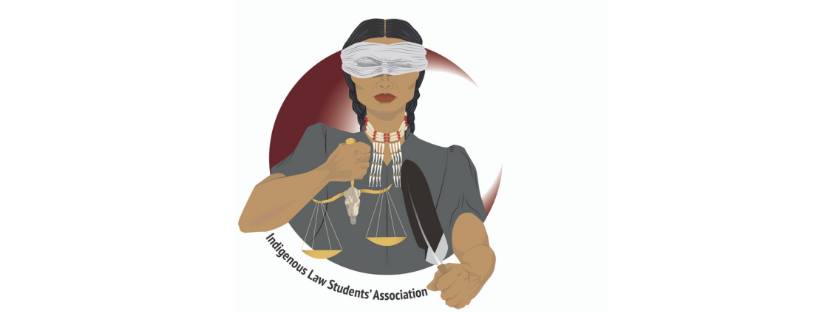
The Indigenous Law Students’ Association has spoken up about the challenges Indigenous law students are facing.
Their action comes in response to an open letter issued by the National Indigenous Law Students’ Association calling on Canadian law schools to address their concerns on the closure of the University of Saskatchewan Indigenous Law Centre Summer Program, systemic discrimination, funding issues, and the lack of support services currently accessible to students. NILSA’s letter included ten recommendations to address these issues.
On March 15, the U of S ILSA provided the College of Law with feedback of their own in a letter endorsed by the Law Students’ Association.
“Students across Canada face diverse circumstances, and while we acknowledge the importance of the comprehensiveness of NILSA’s letter, we felt it was appropriate to supplement its delivery by identifying the distinct needs of Indigenous students within our college,” the letter reads.
JC Steele, a second-year law student and executive member of NILSA, says the effects of COVID-19 prompted the roundtable discussion that led to the original open letter.
“We found that issues were intensified by the pandemic, especially for students living in areas with poor internet service, students living at home with their extended families with nowhere to study, students with children and especially students whose family members contracted COVID and they had to care for them,” Steele said.
In the letter, the U of S ILSA commended the college for partially meeting the needs of their students. Martin Phillipson, dean of the College of Law, says that the college is “already doing a lot of the things that NILSA’s letter requested.”
NILSA recommended that Canadian law school programs include an upper-year Aboriginal law requirement, which the U of S College of Law has implemented in its Juris Doctor program since 2018.
NILSA says that, although some universities have been responsive to their concerns, “more must be done to ensure that Indigenous law students are receiving the support they need to be able to succeed in law school and in the legal profession.”
Jodi Hancheroff, a second-year law student and president of the U of S ILSA, hopes to see the appointment of an Indigenous student advisor at the U of S to better support students.
“[It] would be absolutely valuable to the College of Law,” Hancheroff said. “Being Indigenous means more than checking a box and there are many ways an Indigenous student advisor could provide resources and student aids outside of just career opportunities.”
On the subject of the closure of the ILCSP, the U of S ILSA is concerned about how the college intends to provide support to first-year Indigenous law students. The ILCSP provided students with an opportunity to develop the skills necessary to succeed in law school while earning credit in property and customary law.
According to the Indigenous Law Centre, the program was successful in increasing the number of Indigenous law students and professionals, which Steele calls “disproportionately low.”
While the program succeeded in preparing students for law school, “the core benefit was coming together with a cohort of Indigenous students from communities across Canada to go through a very intense and challenging eight weeks together,” Steele said.
According to Marilyn Poitras, director of the Indigenous Law Centre at the U of S, a certificate in Indigenous and Aboriginal law will replace the program. The certificate is anticipated to be offered by 2022.
Steele says that, while the certificate is a good idea, it cannot replace the sense of community that the ILCSP provided.
“Having that community is everything, and Indigenous people are relationship people. That is what the program did for us.”
As for addressing the rest of ILSA’s concerns, Phillipson says the college remains committed to ensuring the success of its Indigenous students.
“We have more Indigenous students per capita — and likely in total number — than any other law school in Canada, but we are always seeking to do better,” Phillipson said.
Jakob Philipchuk
Graphic: Supplied by the Indigenous Law Students’ Association